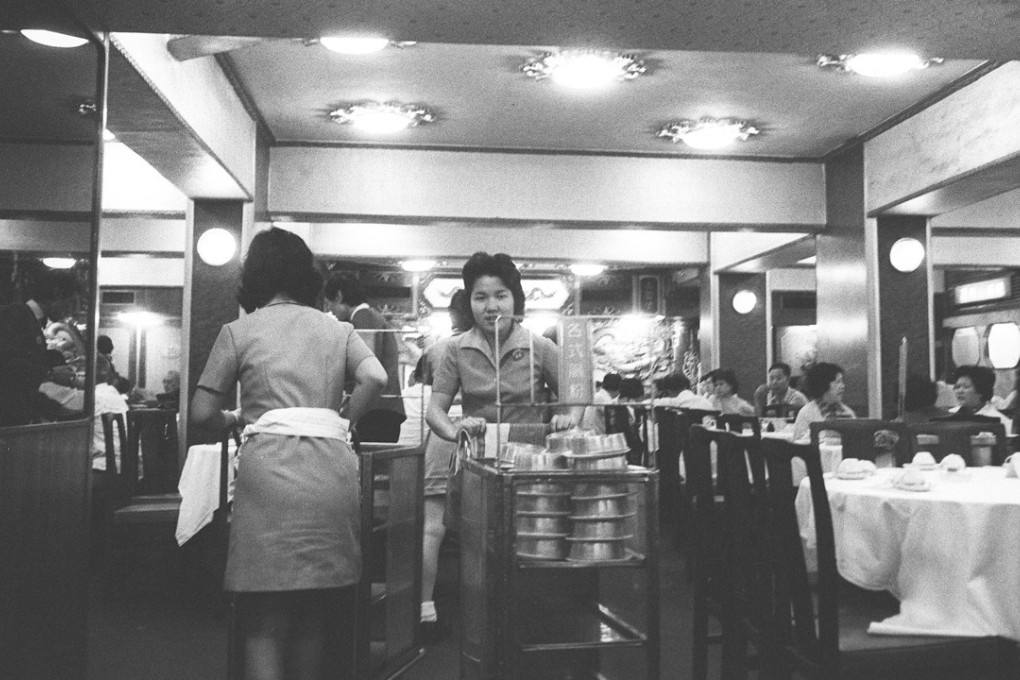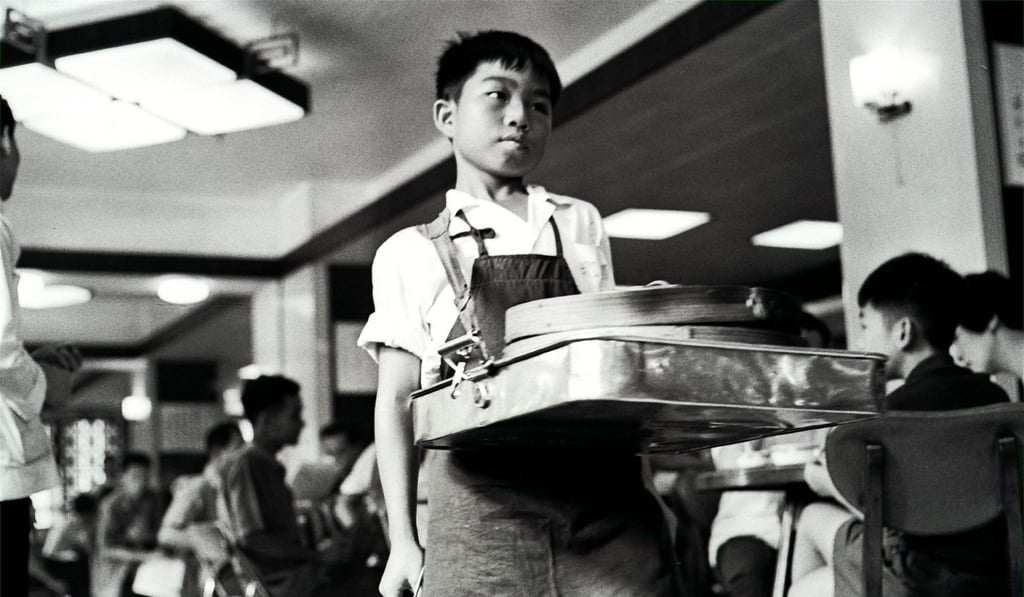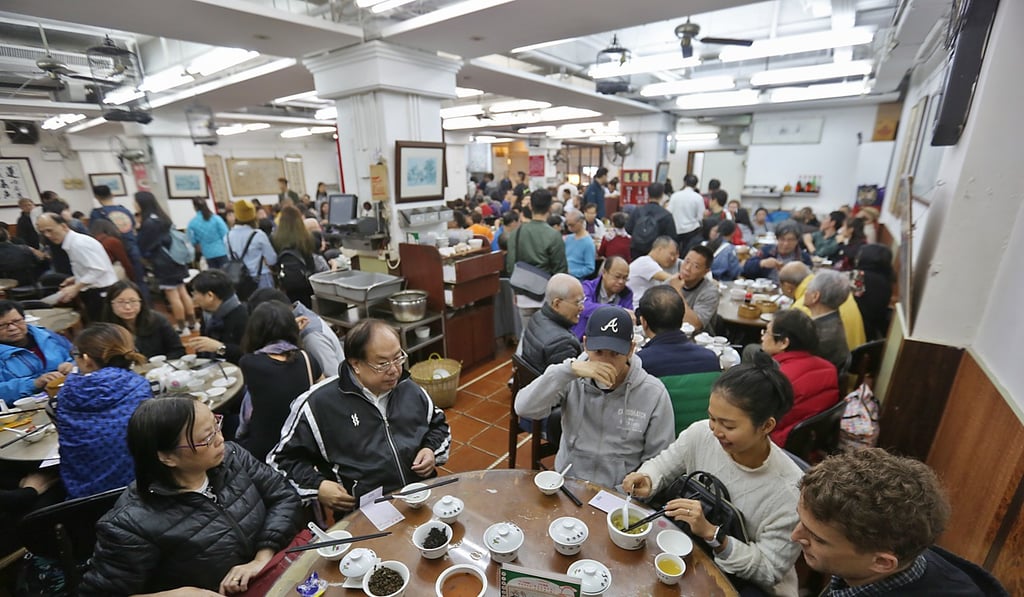Mouthing Off | When did dim sum turn from a family affair into a hurried and antisocial meal?
- Dim sum has moved away from large breakfast family gatherings in huge restaurants
- Now more of a fast food meal, modern dim sum has lost its communal feeling

When writers talk about food trends, they tend to focus on superficial variations in the market. A couple of fancy new pizzerias open in Hong Kong’s Central business district and suddenly gourmet pizza is the new thing.
Real change, though, doesn’t flip over on the first of the calendar. Like many other things, it tends to evolve over time – in slow, gradual, and almost imperceptible mutations.
In Hong Kong, one of our favourite pastimes seems to be, for better or worse, changing in ways that are quite profound. Dim sum – its tradition and perception – is transforming before our very eyes. And I’m not talking about chefs putting luxury ingredients like foie gras in steamed dumplings, or adding black truffle on lo bak go (steamed turnip cake).
The way dim sum is enjoyed in Hong Kong is being redefined and it’s a dramatic break from local norms and customs. If I want to sound smart, I might say there is a paradigm shift in its cultural, social and gastronomic context.
Dim sum originated on the Silk Road when roadside inns offered snacks to travellers stopping for a break and some tea. In Southern China, it became a breakfast custom and a social gathering opportunity. As people nibbled, they caught up on neighbourhood news and gossip. In modern cities, it’s a weekend lunch excuse for entire families to sit down together after a busy week.


